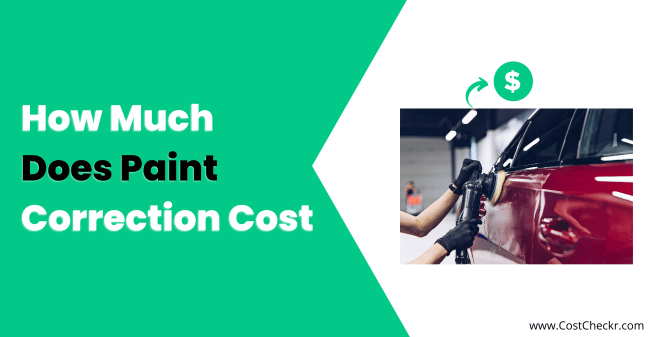When it comes to maintaining the appearance of your car, paint correction is an essential process. Over time, your vehicle’s paint can become dull, scratched, or marred by swirl marks. Paint correction is the solution to bring back that glossy, showroom finish.
However, many car owners are hesitant to pursue paint correction due to concerns about the cost. In this article, we will break down the factors that influence the cost of paint correction and provide you with a better understanding of what to expect when seeking this service.
We will cover the following topics:
- What is paint correction and why do you need it?
- How Much Does Paint Correction Cost on Average?
- What are the factors that affect the cost of paint correction?
- What are the different stages of paint correction and how much do they cost?
- How to maintain your car’s paint after paint correction?
What is Paint Correction and Why Do You Need It?
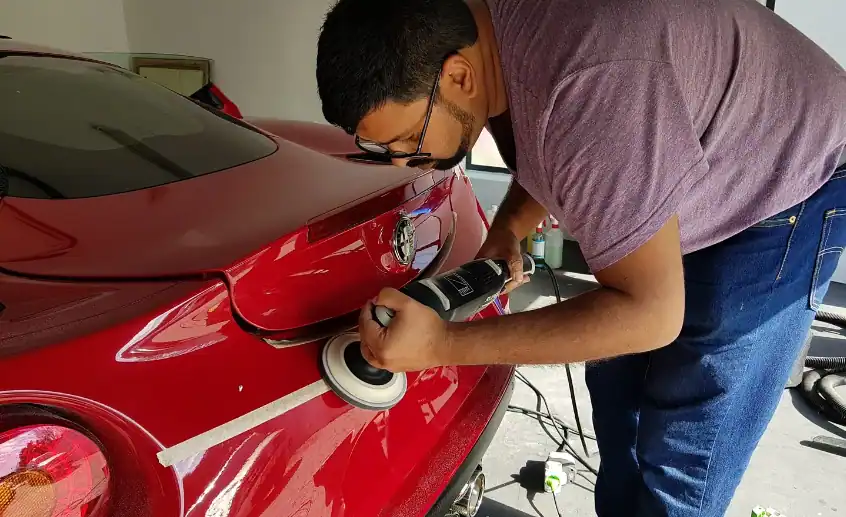
Paint correction is a way of making your car paint look shiny and new again. It’s not like a regular car wash or wax. It is a special service that removes the defects on your car’s paint that make it look dull, faded, or damaged.
Some of the defects that paint correction can fix are:
Swirl marks: These are circular scratches that are caused by washing or drying your car the wrong way. They are more visible on dark-colored cars and under direct sunlight.

Scratches: These are deeper marks that are caused by sharp objects, such as keys, nails, or branches. They can vary in size and depth, and some may require paint touch-up or repair.
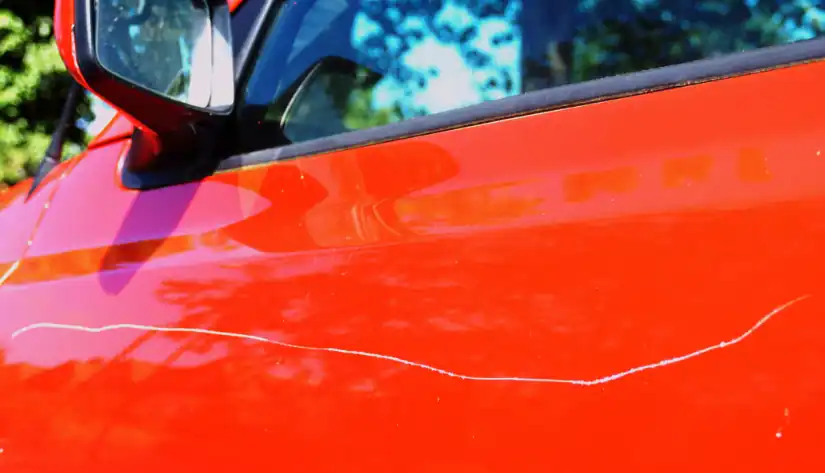
Oxidation: This is when your car paint loses its gloss and color due to exposure to oxygen, water, and UV rays. It looks chalky or powdery. It is more common on older cars or cars that are exposed to harsh weather conditions.
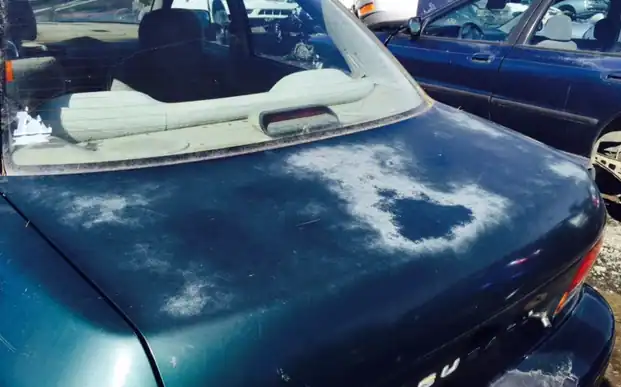
Fading: This is when your car’s paint loses its color and vibrancy due to exposure to sunlight, heat, and pollution. It makes your car look older and less attractive.
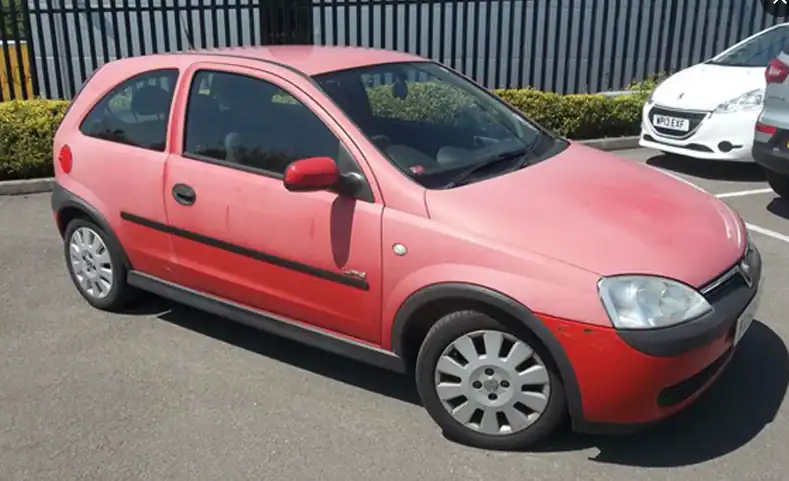
Etching: This is when your car paint gets stained or damaged by acidic substances, such as bird droppings, bug splatter, tree sap, or brake dust. They are hard to remove with regular washing.
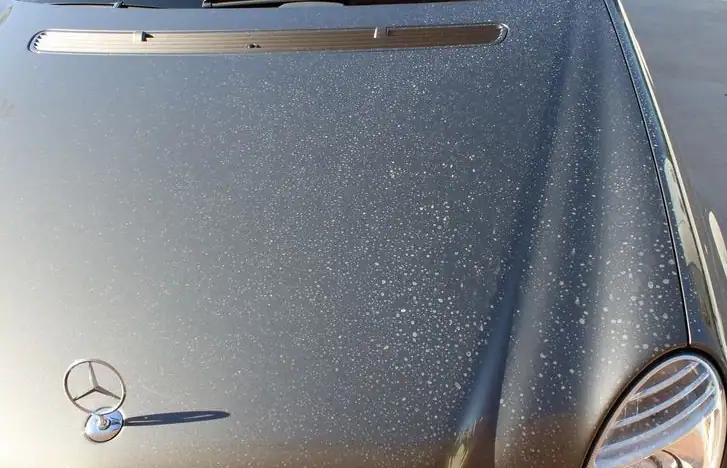
Paint correction can improve the appearance and value of your car by making it look shiny, smooth, and flawless. It can also protect your car’s paint from further damage by adding a layer of sealant or coating that repels dirt, water, and UV rays.
Average Cost of Paint Correction
Paint correction can cost anywhere from $500 to $2500 for a typical car while $1400 is considered to be normal price for this service, however the price depends on how damaged the paint is, how good the service is, and how much the service is in demand in your area. There are also other factors too.
So let me breakdown the cost into various factors since cost depends of various factors and there is no exact price for this service.
Factors that Affect the Cost of Paint Correction
👉🏽Condition of the paintwork:

The current condition of your vehicle’s paintwork will have a significant impact on the cost. If there are minor scratches or swirl marks, it may require less time and effort to correct the paint.
However, deeper scratches, heavy oxidation, or extensive paint damage may require more extensive correction, which can increase the cost.
The base price is $500, so lets see the additional cost
| Condition of your car’s paint | Additional cost |
|---|---|
| Light defects | +$100 |
| Moderate defects | +$200 |
| Severe defects | +$400 |
👉🏽Size and type of the vehicle:

The size and type of your vehicle also play a role in determining the cost of paint correction. Larger vehicles, such as trucks or SUVs, often require more time and materials to complete the correction process, leading to a higher cost.
Similarly, luxury or exotic vehicles may also have unique paint finishes that require specialized techniques, resulting in a higher price.
| Size and type of your car | Additional cost |
|---|---|
| Small car with soft paint | +$100 |
| Medium car with medium paint | +$200 |
| Large car with hard paint | +$300 |
| Truck or SUV | +$500 |
| Luxury or Exotic Car | +$1000 |
👉🏽Level of correction desired:

Another factor that affects the cost is the level of correction desired. Some car owners may opt for a less aggressive correction process to address minor imperfections, while others may want a more thorough correction to achieve a showroom-quality finish.
The complexity and intensity of the correction process will impact the cost accordingly. I Will write in detail on this factor in next section, since this is the main factor that can influence the cost alot.
Also Read: How Much Does Chrome Dipping Rims Cost
👉🏽Experience and reputation of the paint correction service:
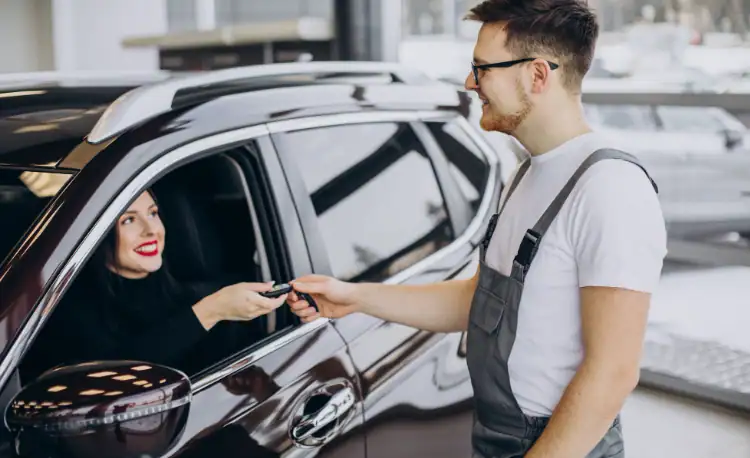
The quality and professionalism of the paint correction service you choose will also influence the cost. A more experienced and reputable service will have more knowledge, skills, and equipment to perform a high-quality paint correction.
| Experience and reputation of the paint correction service | Additional cost |
|---|---|
| Low experience and reputation | -$100 |
| Medium experience and reputation | +$0 |
| High experience and reputation | +$300 |
👉🏽Location and demand of the paint correction service:
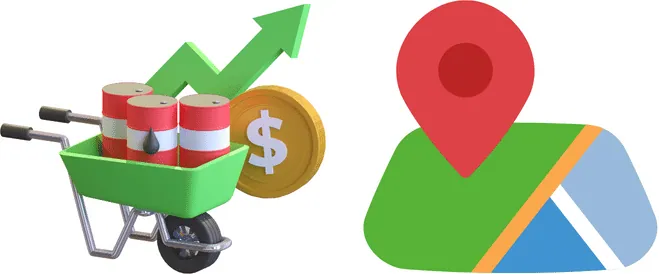
The cost of paint correction can also vary depending on the location and demand of the service. Some areas may have higher or lower prices due to the cost of living, the competition, or the availability of the service.
| Location and demand of the paint correction service | Additional cost |
|---|---|
| Low cost of living and low demand | -$100 |
| Medium cost of living and medium demand | +$0 |
| High cost of living and high demand | +$200 |
The base cost of paint correction is $500, so you can add the additional costs for each factor to get the total cost for your car.
For example, if your car has moderate defects, is a medium car with medium paint, and you choose a high experience and reputation service in a high cost of living and high demand area, the total cost would be:
$500 + $200 + $200 + $300 + $200 = $1400
So this way you can estimate your cost that you will have to pay for paint correction service
👉🏽Additional services:
Additional services, such as paint protection coatings or ceramic coatings, can also add to the overall cost. These coatings help in maintaining the corrected paintwork and provide long-lasting protection against UV rays, dirt, and other contaminants.
While they are optional, they can be beneficial in extending the longevity of the paint correction and preserving the pristine appearance of your vehicle.
| Additional Service | Average Cost |
|---|---|
| Paint Protection Coating | $200-$500 |
| Ceramic Coating | $500-$2000 |
| Deep Clean & Extract Carpet/Cloth Seats | $200-$350 |
| Clean/Restore/Seal Headlights | $80-$125 |
| Clean Engine Bay | $40-$50 |
| Maintenance & Restoration Wash | $90-$100 |
| Paint Decontamination | $100-$200 |
| Paint Jeweling | $150-$300 |
| Paint Touch Up | $50-$100 |
While the cost of paint correction can vary based on these factors, it is essential to consider the expertise and reputation of the professional you choose.
Remember, high-quality paint correction is an investment that can yield significant returns in terms of aesthetics, value, and long-term protection for your vehicle.
Also Read: How Much Will it Cost to Wrap a Truck
Understanding the different levels of paint correction
When it comes to paint correction, it’s important to understand the different levels of correction that professionals offer. This knowledge will help you determine which level is suitable for your vehicle and budget. And I have discussed this factor above too.
Paint correction is usually done in stages, depending on the desired outcome and the budget of the customer. The more stages the paint correction has, the more defects it can remove and the more gloss it can create.
However, the more stages the paint correction has, the more expensive and time-consuming it will be. The most common stages of paint correction are:
👉🏽Stage 1:
This is the simplest and cheapest stage of paint correction. It involves using a mild abrasive compound and a polishing pad to remove light swirl marks and minor scratches. It can also enhance the gloss and clarity of the paint. It usually costs between $400 and $600 and takes about 4 to 6 hours to complete.
👉🏽Stage 2:
This is the intermediate stage of paint correction. It involves using a medium abrasive compound and a cutting pad to remove moderate swirl marks, scratches, oxidation, and etching. It can also restore the color and depth of the paint. It usually costs between $600 and $800 and takes about 6 to 8 hours to complete.
👉🏽Stage 3:
This is the most advanced and expensive stage of paint correction. It involves using a heavy abrasive compound and a wool pad to remove severe swirl marks, scratches, oxidation, and etching. It can also create a mirror-like shine and reflection on the paint. It usually costs between $900 and $1200 and takes about 8 to 10 hours to complete.
| Level of Correction | Description | Average Cost |
|---|---|---|
| 1-Step | Single stage polish to remove minor defects and enhance gloss | $400 – $600 |
| 2-Step | Two stage polish to remove moderate defects and restore shine | $600 – $800 |
| 3-Step | Three stage polish to remove severe defects and achieve a flawless finish | $900 – $1200 |
How to Maintain Your Car Paint After Paint Correction?
Paint correction is not a permanent solution. It can only remove or minimize the existing defects on your car’s paint, but it cannot prevent new ones from forming. To maintain your car’s paint after paint correction, you should:
Wash your car regularly:
Use a gentle car shampoo, a soft microfiber mitt, and a two-bucket method to wash your car. Rinse your car thoroughly and dry it with a clean microfiber towel. Avoid using harsh detergents, brushes, or automatic car washes that can scratch or swirl your paint.
Wax or seal your car periodically:
Apply a quality car wax or sealant to your car every 3 to 6 months to protect your paint from dirt, water, and UV rays. Wax or sealant can also enhance the shine and gloss of your paint. Follow the instructions of the product and use a foam applicator and a microfiber cloth to apply and remove it.
Park your car in a shaded or covered area:
Avoid parking your car under direct sunlight, heat, or rain, as they can fade, oxidize, or etch your paint. Park your car in a garage, a carport, or a shaded area whenever possible. If not, use a car cover to shield your car from the elements.
Avoid contact with acidic substances:
Remove any bird droppings, bug splatter, tree sap, or brake dust from your car as soon as possible, as they can stain or damage your paint. Use a spray bottle of water and a microfiber cloth to gently wipe them off. Do not rub or scrape them, as they can scratch your paint.
Repair any dents or scratches promptly:
If your car gets dented or scratched, take it to a professional repair shop as soon as possible, as they can worsen over time and lead to rust or corrosion. Do not attempt to fix them yourself, as you may cause more harm than good to your paint.
Concluding this Topic
In conclusion, I will say that finding the right balance between cost and quality is crucial when it comes to paint correction services. While it may be tempting to opt for the cheapest option, it is important to consider the long-term benefits of investing in a higher-quality service.
A job done well can protect your car’s paintwork and increase its resale value. When you are searching for a paint correction professional, it is advisable to get multiple quotes and compare their services.
Look for professionals with a good reputation and positive reviews. Keep in mind that the cost can vary based on factors such as the size and condition of your vehicle, the level of correction needed, and the expertise of the professional.
I hope this guide was helpful and informative for you. If you have any questions or feedback, please let me know in the comments below.

Joseph Michael is the founder and editor of CostCheckr.com, a website that helps you find out how much things cost in different situations. He has a degree in economics and statistics, and he uses various data sources and methods to produce reliable and informative content for you. He loves to travel, play cricket, read books and study about economics and statistics.

